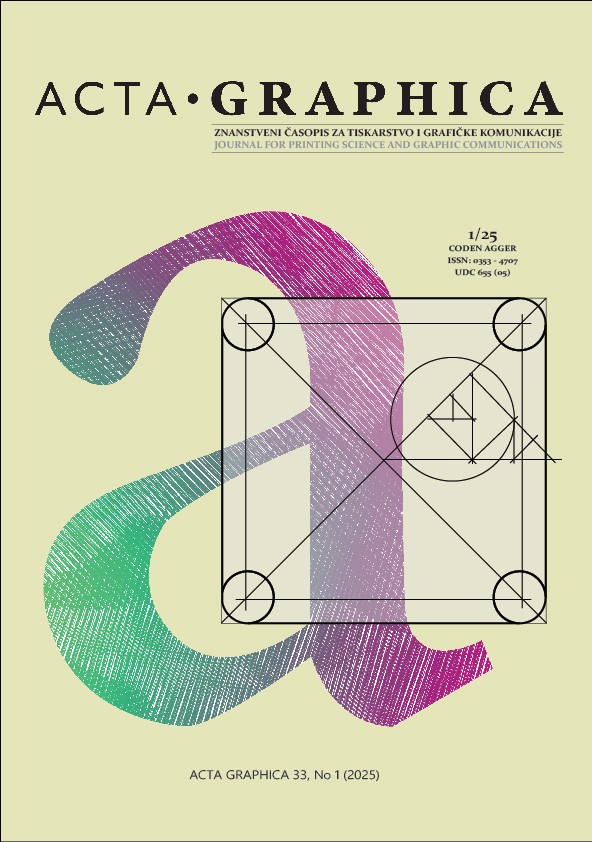Characteristics and comparison of global state management tools in react applications
DOI:
https://doi.org/10.25027/agj2017.28.33.1.3Keywords:
React, Context API, MobX, Zustand, ReduxAbstract
This paper analyses and compares four tools for global state management in React applications, namely Context API, Zustand, Redux and MobX. The aim of the comparison was to define the advantages and limitations of each tool in different application scenarios. The Context API is a built-in tool for managing global application state that solves the problem of passing props through components – prop drilling. Other analysed tools need to be added separately to the project, and they were created as a solution to the limitations of the Context API. The results showed that Context API is best suited for smaller and medium-complex projects, Zustand is optimized for all project sizes, while Redux and MobX are more applicable for large and complex applications with complex global state. The Context API can become limiting in complex applications due to performance issues, context losses, or the lack of a solution to directly prevent the Zombie Child problem. Other tested tools have built-in solutions to the mentioned problems. Zustand has proven to be a comprehensive solution with its simple code base applicable to different sizes of applications. The advantage of Redux is its Flux architecture, which increases the boilerplate code, but also makes application development suitable for large teams and projects with high demands for predictability and strictly defined state management. MobX offers a flexible and reactive approach, which simplifies working with complex states, but in certain cases it can be less predictable compared to Redux. In conclusion, this paper contributes to the understanding of the key features of state management tools and offers guidelines for their selection, enabling developers and development teams to make informed decisions about tool selection based on technical and project requirements.
Downloads
Published
Versions
- 2025-08-22 (2)
- 2025-06-20 (1)





